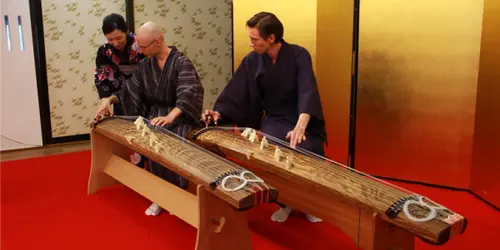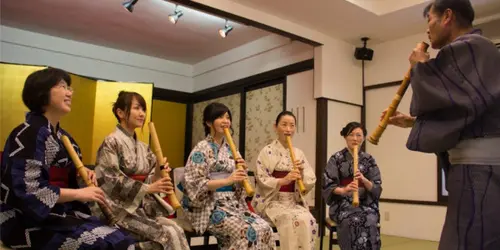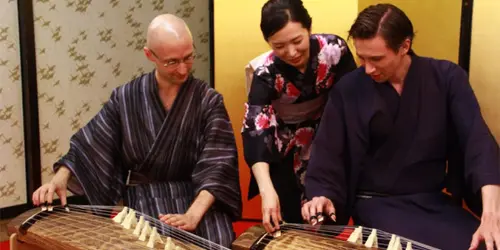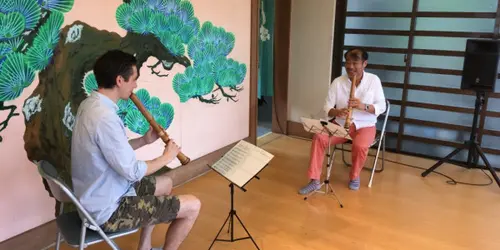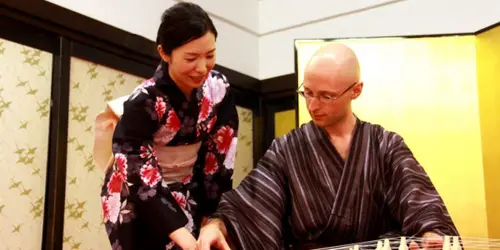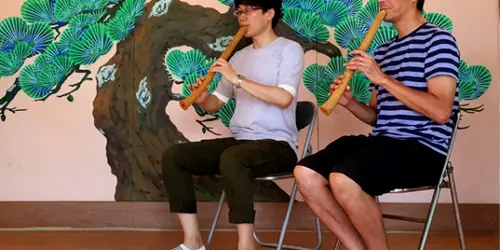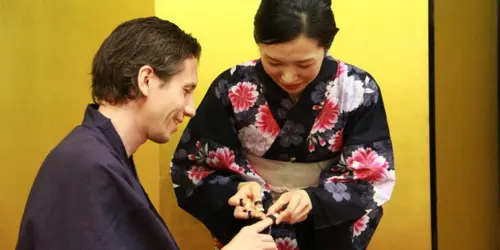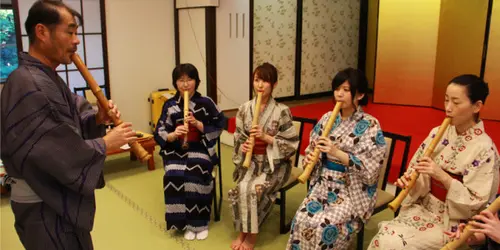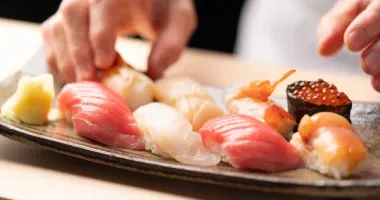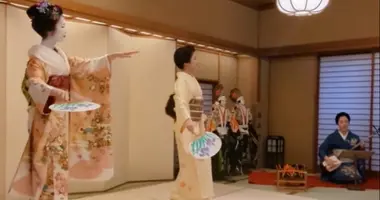Traditional music: Koto and Shakuhachi
- Shinjuku City
- English
- 2 hours
- Youtube
Discover the unique sounds that make up the Japanese sound environment in this musical workshop, where you will be introduced to the koto and the shakuhachi.
The allure of Japanese music
If you're a music lover, this workshop should pique your curiosity. We haven't had the chance to hear much traditional Japanese music, but when we did, we couldn't help but be both fascinated and intrigued.
Japan worked its sense of refinement into the art of music very early on in its history. Court music appeared as early as the 5th century, and was subsequently intimately linked to the performing arts and religious events.
From its use of rhythm to its unusual musical scale, to the substance of the sounds, everything about it seems far from what our ears are used to. Much like the Shinto religion, the traditional music of Japan reflects a Japanese feeling close to nature.
Far from the cerebral nature of electronic music, it is an organic music in which one can hear the breath of the wind or drops of water falling into a pond.
In a small Shinto temple in the middle of Tokyo
The workshop takes place in a temple in the Yotsuya district. Even before entering the door of the room where the workshop will take place, you are immersed in an atmosphere that is both sacred and a little fantastic.
The temple is right next to the famous staircase used in the film "Your Name", one of the great hits of Japanese anime. For those who know it, it will be the occasion to make a small pilgrimage there.
Your instructors, for both koto and shakuhachi, are professionals who are masters of their art, and regularly perform in theatres in Tokyo. You will have the chance to talk with them, perhaps to learn about the difficulties they face in taming their instrument, or to learn how they adapt their sounds to contemporary music.
The "shakuhachi" flute
The shakuhachi is the famous Japanese bamboo flute that has been the preserve of mendicant Zen Buddhist monks for over 450 years. Its solo repertoire is composed of pieces considered as an aid to meditation. Indeed, its sound, so natural and mystical at the same time, lends itself to the elevation of the spirit. Perhaps this is why it is one of the most difficult instruments to play. The challenge for the travellers is to produce a distinct sound. But what a satisfaction and experience it is when you do.
The "koto" zither
The koto, introduced to Japan in the 8th century and since then used as the main instrument accompanying kabuki or bunraku plays, is in contrast much easier to play. It is a kind of large horizontal zither or harp, whose strings are plucked with plectrums attached to the fingertips. Under the careful guidance of your sensei, you will have a piece of music to play within a few minutes, and will be immediately immersed in the Japanese atmosphere of koto music.
If you want to explore the foundations of Japanese culture in all its forms, if you are a musician and want to discover new sounds, or if you are simply looking for the charm of an experience that will bring you into contact with Japanese people who are passionate about their art in an authentic setting, this workshop is for you.
Location
